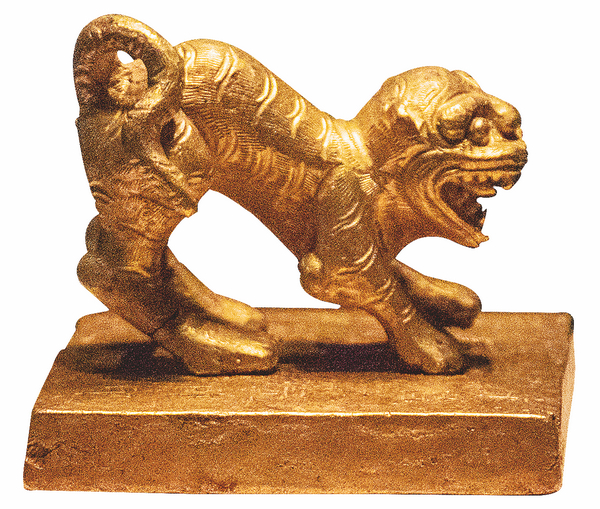

An archaeological team consisting of staff of the three institutions worked on cliff tombs in Jiangkou and excavated many cultural relics including the stone carving.
The carving was kept in the Nanjing Museum, whose predecessor was the Preparation Department of the National Central Museum, and later found its way into the Palace Museum, says Zeng Yuzhen, a guide in Pengshan, now a district under the administration of the city of Meishan in Sichuan.
During the Han Dynasty lavish burials were fashionable, which was closely linked to the social advocacy of filial piety for seniors and prevailing views on life and death.
Under the influence of the thought of "the soul being conscious "and "lavish burial manifesting filial piety", the dynasty attached importance to the form of funerals and burials, and the idea of lavish burials for late seniors spanned the entire dynasty.
Pengshan's wealthy residents ordered the boring of tombs into the sides of cliffs in Jiangkou during the dynasty. Several of Jiangkou's 4,580 cliff tombs are housed in a museum in the town, the museum curator Wu Tianwen says.
Every multi-chamber tomb contained a ceramic or stone coffin, and a kitchen and closet carved from rock.